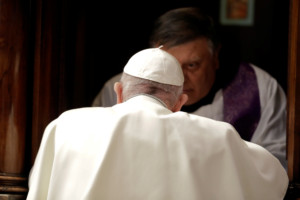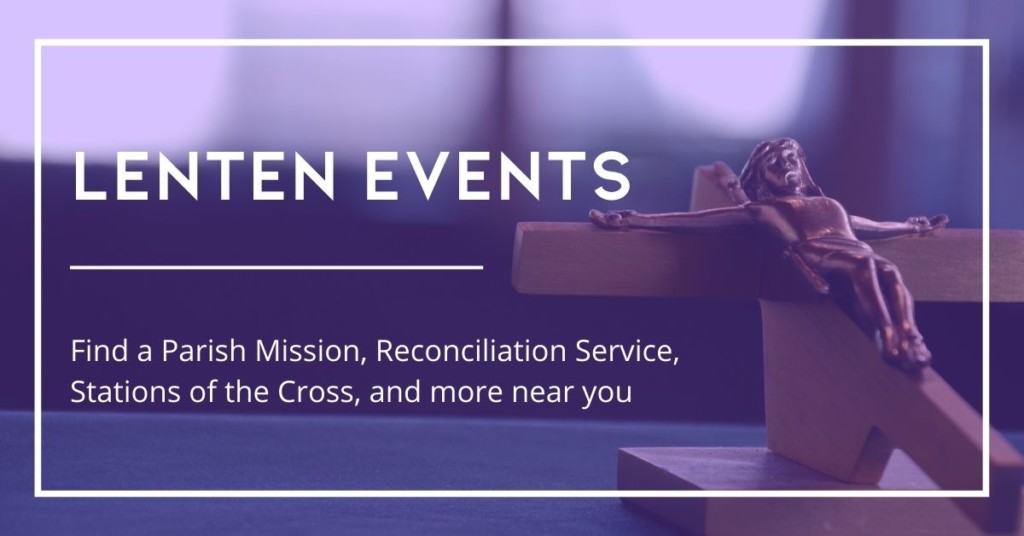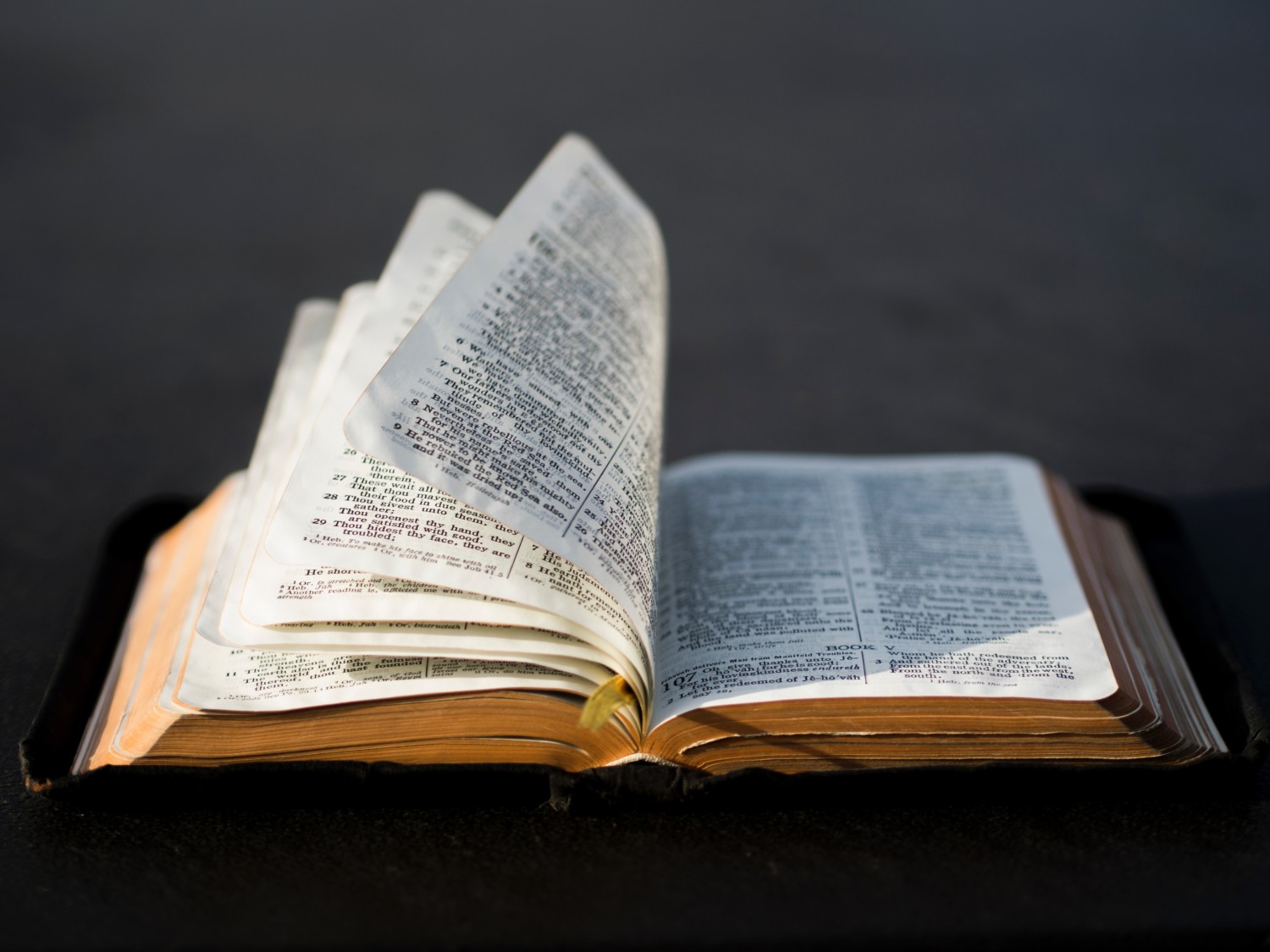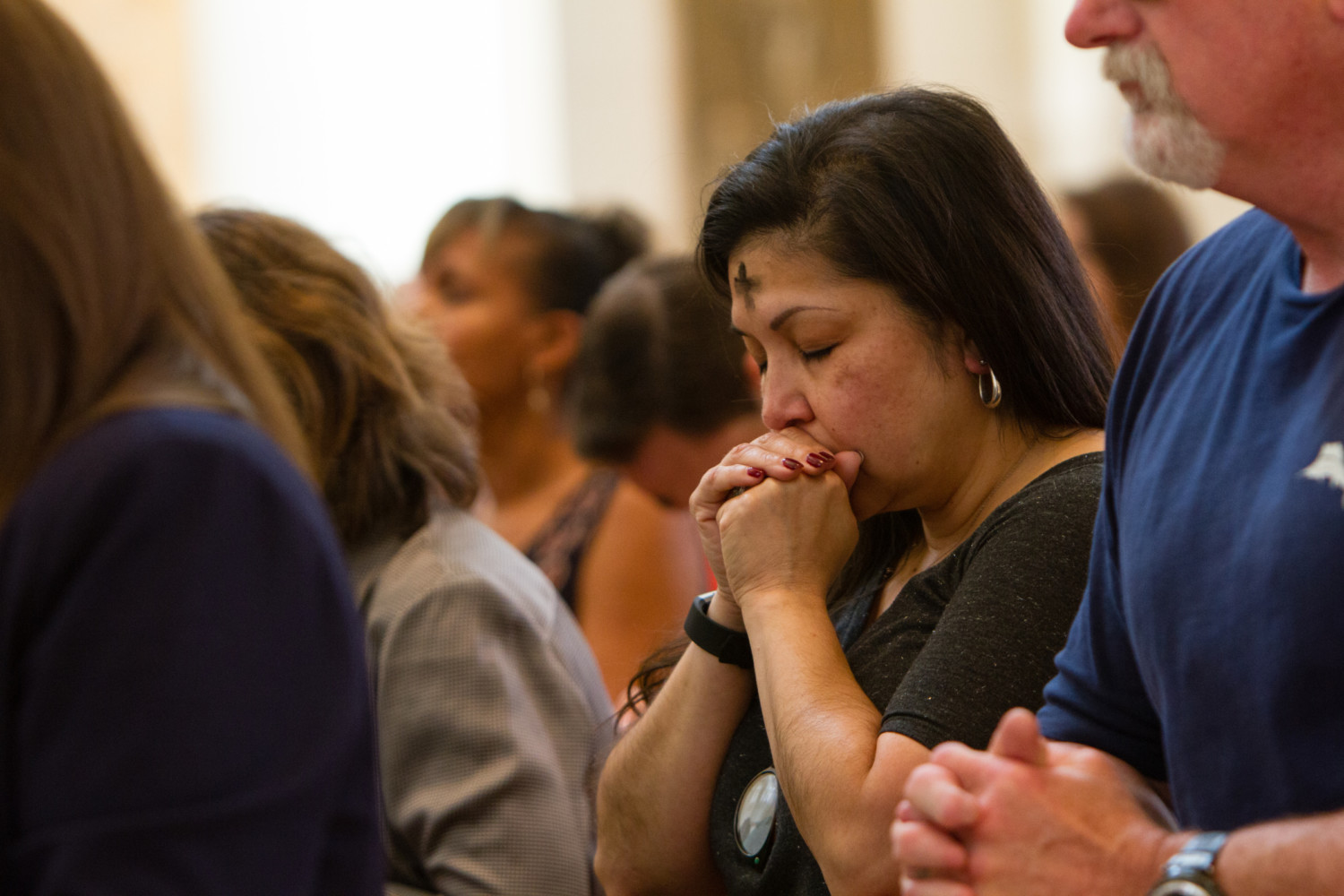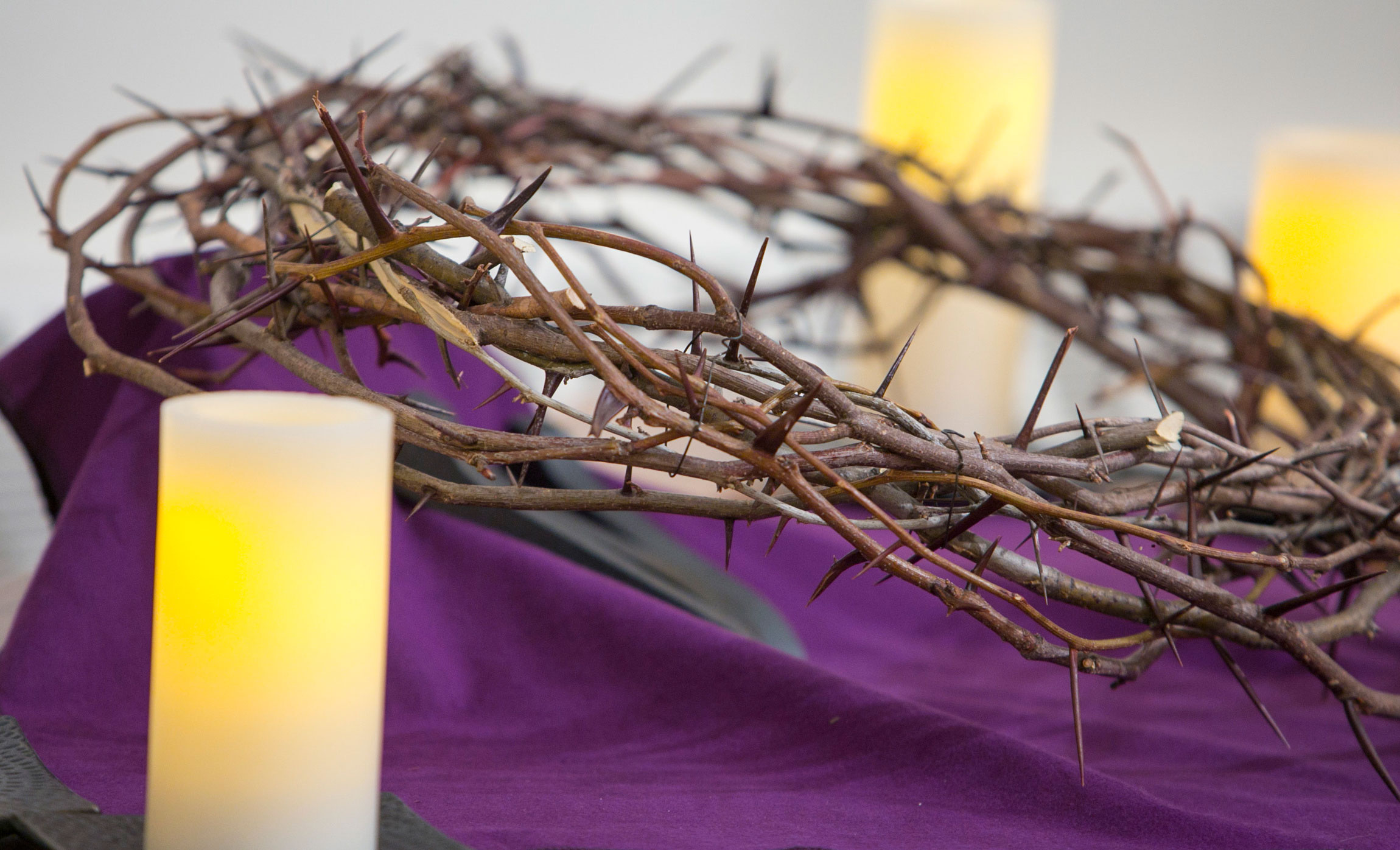What is Lent?
During Lent, we are asked to devote ourselves to seeking the Lord in prayer and reading Scripture, to service by giving alms, and to sacrifice self-control through fasting.
Lent lasts for 40 days — excluding Sundays — from Ash Wednesday to the evening Mass of the Lord’s Supper on Holy Thursday, which this year falls on April 6, 2023. It is a reminder of Christ’s 40 days of temptation and fasting in the desert, and of Israel’s 40 years of wandering in the desert.
This penitential season of fasting, alms-giving, and special prayer is like a spiritual cleansing and renewal to draw closer to God.
What is Holy Week?
Holy Week begins on April 2, Palm Sunday, as we celebrate Jesus’ entrance into Jerusalem in the same way the crowds are described waving palms and singing Hosanna in all four Gospels.
When is Easter?
Easter Sunday is on April 9, 2023. Easter is the celebration of the Lord’s resurrection from the dead, culminating in His Ascension to the Father and sending of the Holy Spirit upon the Church.
Lent begins on February 22 — Ash Wednesday
What is Ash Wednesday?
Ash Wednesday is the day of penance and fasting that begins the season of Lent. Every year Catholics remember and relive the life, death, and resurrection of Jesus Christ and the miracles witnessed by the early Christian community. Lent is the period where we focus on Jesus’ call to conversion and giving ourselves to God, culminating in Jesus’ ultimate and forever sacrifice in his Passion.
How do we observe Ash Wednesday?
Ash Wednesday is an obligatory day of fasting for Catholics from age 18 until age 59. The minimum in fasting is to limit yourself to one modest meal and two small meals that do not add up to a meal. It is also a day of abstinence from meat from age 14 onwards. [Meat is considered to be the flesh and organs of mammals and fowl. Fish and shellfish are permitted, as are animal-derived products such as gelatin, butter, cheese, and eggs]. All Fridays in Lent are days of abstinence from meat.
Catholics are also encouraged to attend Mass or a Liturgy of the Word service and receive ashes on their head on Ash Wednesday. This year churches may distribute ashes outside of a Mass or Word Service.
Why ashes?
The use of ashes as a sign of repentance, mourning, and grief, is mentioned in over forty passages in the Bible. They would sit in ashes, roll around in them, sprinkle them upon their heads, or even mingle them with their food and drink. The ashes we receive on our heads on Ash Wednesday symbolize our own desire for repentance and our intent to spend Lent trying to fully reorient ourselves to God.
Lenten Penance and the Synodal Journey: Pope Francis’ message for Lent 2023
“Dear brothers and sisters, may the Holy Spirit inspire and sustain us this Lent in our ascent with Jesus, so that we may experience his divine splendour and thus, confirmed in faith, persevere in our journey together with him, glory of his people and light of the nations.”
